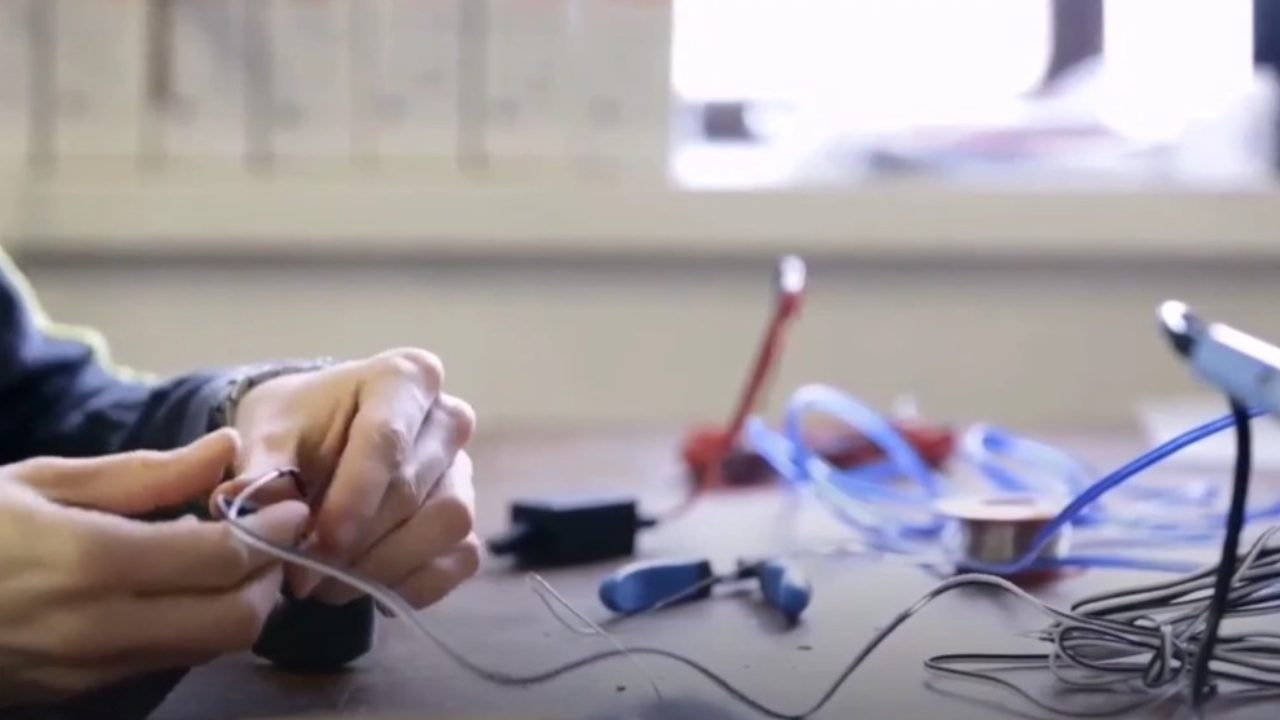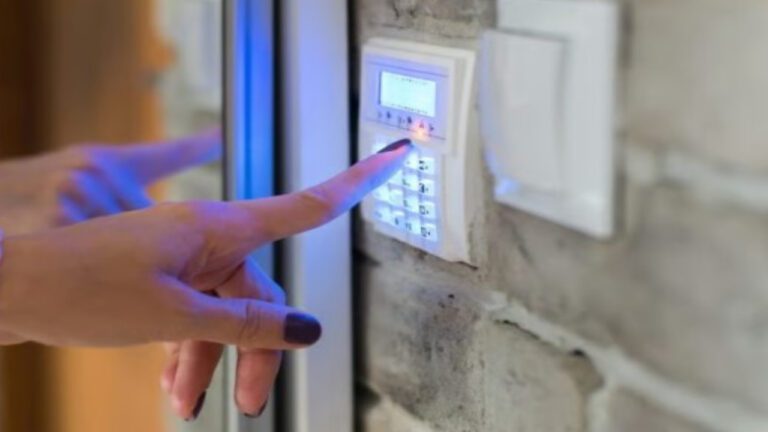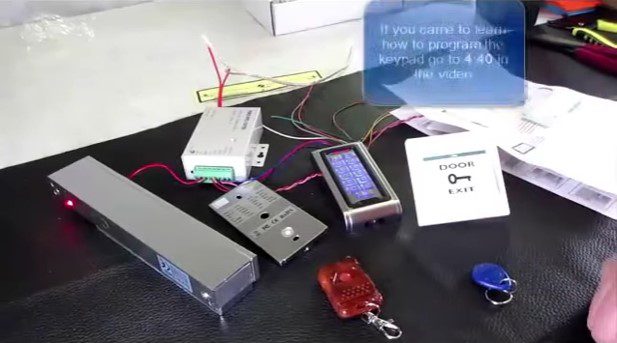In a world where information is at the core of everything and anything – thanks to digitalization which progression continues from day till nights, whether it be in businesses operations, institutions or your daily life, structured cabling technicians bear one responsibility needed by all for networks that are dependable as well as efficient. These individuals are the ones working behind-the-scenes, ensuring that the complex systems which underpin our ever more connected world continue to function. This complete guide will help you understand the world of structured cabling technicians – what they do, the skills required to become a part of this industry,,oportunities and how network infrastructure is evolving.
Structured Cabling
Structured cabling is the standardized architecture used to connect all telecommunication rooms, telephone closets and horizontal centers within an organization. Structured cabling is different than the ad-hoc cabling setups that are common among consumer users, and follows standards (such as ANSI/TIA-568) to ensure scalability, reliability and performance.
Structured cabling and different components
The main elements of structured cabling are:
Horizontal Cabling: The cabling system between the telecommunications room and work area outlet.
Vertical Cabling: This type cabling connects different floors, or buildings within a campus.
Telecommunications Rooms (TRs): contain switching equipment and host networking cabling (e. g., switches, routers)
Work Area Components – Includes outlets, connective hardware (such as patch cords), and end-user devices.
Advantages of Structured Cabling
This system is in complete contrast to point-to-point cabling systems and brings with it numerous advantages.
Ability to Scale: Readily expand or change the network infrastructure to grow with an occasional business.
Reliability – the ability to keep a network up and performing as expected.
Scalability: Easier to trace out issues and easy for cabling during maintenance
Future-Proofing: Most of the new advancements and higher bandwidth required to support emerging technologies.
Structured Cabling Technician Position
All things being equal, the structured cabling technician should address all lifecycle phases of network wiring – from early planning and installation to maintenance and troubleshooting. They have a role that is wide-ranging, necessitating technical know-how along with great detail and problem-solving capabilities.
Duties Of Structured Cabling Technician
Design Cabling Layouts – Work with network architects on placing efficient and effective cabling layouts to fit the needs of the organization.
Cable Infrastructure Installation: Physically install cables, connectors and associated apparatus according to ongoing industry standards best practices.
Over testing and certification: Confimed advised to conduct comprehensive testing & verification, timely coordinated with construction contractors.
Ongoing Maintenance & Upgrades – Perform everyday maintenance, upgrades and fixes to keep the network infrastructure functioning safely.
Documentation – Ensure accurate cabling layouts, configurations and any maintenance activities are recorded
Skills Required
The strong combination of technical expertise, practical experience and personal skills allows good structured cabling technicians to:
Ability to use tools such as cabling standards (e.g., ANSI/TIA-568), Ethernet protocols, and fiber optic technologies.
Precision: Cables have to be placed with precision in the right spot for them to work correctly; otherwise, signal degradation occurs.
Problem-Solving Skills – The ability to identify and solve problems quickly, often within tight time constraints.
Physical Fitness – Cabling work could involve moving up ladders, carrying heavy equipment’ and working in tight spaces.
Career Paths and Opportunities
What paths of specialization and advancement does a structured cabling technician career provide for in the broad field known as network infrastructure?
Specialization – Technicians can specialize in areas such as fiber optics, wireless networks or data center cabling
Your organization’s operational needs may also dictate the type of training your network technicians receive, but specifics will likely be based on certifications: which show you have mastered job-related skills and knowledge.
Career Advancement: Technicians can get promoted to supervisory or management roles as they gain experience and begin managing larger projects and teams.
Trends and Innovations by Industry
The structured cabling is one of an ever-changing field supported by development in technology, and the increasing requirement for faster and more solid networks:
Power over Ethernet (PoE) – Simplified means for integration of power and data using a single ethernet cable, reducing infrastructural costs as well.
Smart Buildings: Wiring for IOT gadgets, environment detectors & building control to boost performance and connectivity
While 5G and Beyond to continue leading the growth of high-speed, low-latency networks will see fiber optic solutions entering homes – a $180 million industry.
Challenges and Considerations
While structured cabling can be revolutionary, many challenges have to endure by the technicians :
Building and maintaining a robust cabling infrastructure often requires significant upfront costs.
Complexity: Creating and deploying cabling systems to cater both their current needs, but future growth can easily turn into brain-scrambler phase of the complexity.
2.Click to ensure the cable meeting environmental conditions, safety requirements and building codes.
Conclusion
To sum it up, Structured Cabling Technicians play a vital role in designing and building resilient, high-performance networks that provide the critical backbone for businesses, schools hospitals etc. Their skills in the areas such as designing, installing and maintaining of structured cabling system have helped a lot to meet minimum requirement for communication or connectivity being ever energetic digital world.
The need for a qualified structured cabling technician will not be short-lived as technology keeps advancing and connectivity becomes ever more essential. No matter if you are weighing the odds of starting a job as a network infrastructure professional or want to upgrade your company’s connection, it is pivotal that you know what structured cabling technician: their responsibility and importance in connectivity.
Structured cabling technicians are no mere techs, but these warriors whose design in connectivity pave way for the future of our connection-oriented well being.
FAQ – Structured Cabling Technician
What is a structured cable technician?
A structured cable technician is the experienced specialist trained to install, design and test an extensive array of voice and data cabling. These systems account the comprehensive configuration of cables, wires and other related materials that allow telecommunication networks to function. Structured cable technicians guarantee the cabling infrastructure is compliant with industry standards regarding performance, scalability and reliability for different communication requirements between data transmission to voice and video services. In this day and (internet) age, their expert consultations are necessary to keep all the interconnections among world organizations alive.
What is a structured cabling technician?
A structured cabling technician is a specialized position that comes with the massive responsibility of planning, installing, and managing organized telecommunication networks in varying settings. Their experience allows for a consistent and methodical delivery of data, voice, video communication services according to industry standards & best practice.
What is the role of a cabling technician?
What duties does being a structured cabling technician entail and why are these so important to the overall efficiency of communication infrastructures? These are the 10 key elements of their job:
Cabling Layout Design
Cabling technicians work with network engineers and architects to design cabled system infrastructures according to the requirements of an organization or a building. This includes the plan of harnessing cable, connectors and other h/w to make it most effective also scalable.
Cabling Infrastructure Installation
They physically install the cables, connectors and other network support hardware to standards laid out by industry best practices. This may involve pulling wire through walls, ceilings and floors; punching down cables to panels; and testing connections.
Testing and Certification
Cabling technicians carry out extensive testing of the cabling infrastructure once it is installed, prior to certifying. Thus, guaranteeing all cables are performing to spec and meeting regulations. This may include testing for signal strength, bandwidth capacity and compliance with type of industrial standards (ANSI/TIA-568 is a good one to always check against).
Cabling technicians will maintain and repair
Cabling technician do regular repairs in order to keep the cabling system functioning. This involves identifying and fixing problems, updating parts as required, in addition to addressing issues also quickly so that your business can be back up-and-running.
Documentation
All documentation is recorded, maintained and detailed for these types of company or individuals including diagrams layouts configurations testing results records maintenance etc. They will then be archived for a number of reasons, troubleshooting is one important part as well upgrading versions down the line amongst other things like compliance.
Safety First
When a cabling technician works on any cable installation, the utmost priority is safety. Thus, they abide by necessary safety protocols to prevent damages that may arise from hazards such as electric dangers and physical damage.
Customer Interaction
If the job requires it, cabling technicians work directly with clients or internal stakeholders in order to figure out what is needed and how smoothly things are going (and that they’re making their customer happy).
In the final analysis, cabling technicians are indispensable in guaranteeing that businesses have robust and functional communication systems. Their expertise with respect to designing, installing and maintaining structured cabling systems results in greater connectivity and provides the backbone for a modern business enterprise or institution or/and residential establishment.
What is the work of structure cabling?
A structured cabling is a standardized system of cables, connectors and other related hardware used to establish the telecommunication infrastructure in buildings or campuses. Structured Cabling is the design and installation of a cabling system that will support multiple hardware uses systems (telephones, computers, etc.getParent_voice_data/voice_and_video).
Let us give you a brief idea of structured cabling work
Cabling Infrastructure Design
Structured cabling professionals partner with network architects and engineers to design the layout of the cabling infrastructure. This involves the methodical and strategic location planning of cabling, telecommunication rooms, hardware racks, among other related mechanisms to ensure proper performance reliability and scalability.
Inserting Cables And Components
Once the design has been formalized, structured cabling technicians will physically insert based on industry standards and specifications the cables (and all its associated layers), connectors-probably jacks-and no matter what other required accessories was published in support of modifications generated. Tasks could include pulling cables through conduits, walls, ceilings and floors; terminating the cabling on connection points as well as installing patch panels. jacks and IT network equipment.
Testing & Certification
The structured cabling technicians will completely test the whole cabling system after they install all of it. This all-important testing guarantees cables live up to performance standards for such things as signal strength, bandwidth capability and transmission quality. Certification is based on confirming compliance with standards such as ANSI/TIA-568, then logging test results.
Maintenance and Troubleshooting
Structured cabling professionals maintain the system to guarantee that it is working effectively all of the time, if anything goes wrong in near future than engineers resolve issue as soon as possible. This includes things such as insisting an asset is serviced, identifying and replacing failed or degraded circuits, upgrading to keep up with technological advances or just changing how the organization uses technology. You help them troubleshoot if something goes wrong, diagnose the issue and get everything back up and running quickly to keep downtime minimal.
Documentation
Documentation is an essential part of structured cabling work as it assumes a crucial role. Technicians maintain comprehensive documentation that includes the cabling layout, configurations, testing results and maintenance activities (as well as any modifications to the infrastructure through time). This documentation helps to troubleshoot, plan for the future growth of our network infrastructure and be ready in ease when a compliance-check is conducted on us; it also guarantees that there will always be consistency associated with every action we take towards n/w management.
Compliance with Standards and Regulations
Any structured cabling work done must conform to industry standards in addition to local rules if not followed it can jeopardize safety, performance or compatibility. Technicians remain updated about changes to standards and implement best approaches in their workplace so as to comply with or even surpass requirements.
Customer Service and Collaboration
On some projects, structured cabling technicians will interface with customers, building management personnel or internal departments. Communication and collaboration are crucial to understanding what is necessary from a client standpoint, updating project progress, as well as ensuring customer satisfaction.
Structured cabling professionals ensure the foundation to te modern communicaton and information technology industry. They must plan each detail with care, install with precision, test as if their life depends on it-not to mention the countless hours they have spent maintaining and ensuring that everyone stays in compliance over time so you can make those (overpriced) calls home a business AND still get internet for your lazy Netflix binge.




